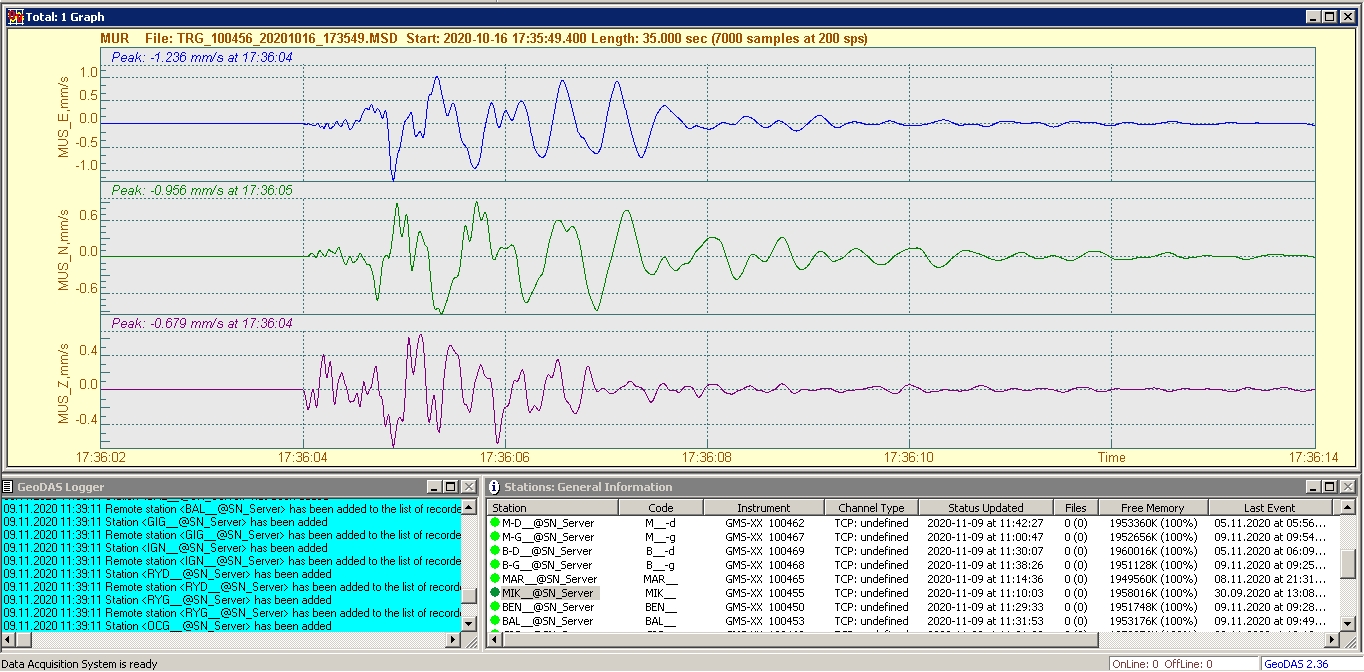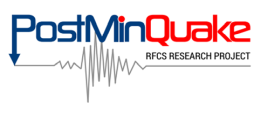SEISMOLOGICAL ANALYSIS
Microseismic monitoring is nowadays a consolidated technique to control and analyse induced seismicity. High-performance seismic networks allow qualifying and quantifying the distribution of seismic activity, with the aim of forecasting seismic active structures. For safety reason, the performance of seismic arrays, in terms of detection and location capabilities and expected location errors, is a crucial issue that has a strong impact on the identification of seismic hazardous areas and, thus, on the improvement of decision making. More precisely, detection-location performances mean the ability of a network to detect and locate seismic events of different sizes (different magnitudes) in a given region and as a function of the ambient noise. On the other side, the prediction of location errors denotes the reliability of the spatial seismic source estimation, as a function of event’s magnitude.
In this framework, one of the aim of the project is to optimise the operational monitoring system regarding economical and field context related to post-mining area. Tests will be conducted to define the best network configurations to monitor a post-mining region with a limited number of sensors, ensuring that the capabilities of the network in terms of detection and location are good enough.
Seismic monitoring provide unique insight into brittle microseismic processes in the rock volume and it is thus of primary importance to detect the creation of new fracture, to track their spatiotemporal evolution and to early characterize ongoing seismic processes in post mining areas, which could potentially develop into sinkholes, collapses and larger faults failures.
Project will focus on the definition of best seismic monitoring conditions, which include both the optimization of network design and the development/assessment of seismic data analysis techniques. With respect to seismic data analysis, our aim is to implement waveform-based methods for 3D environments, which can improve the accuracy of microseismicity location and thus the tracking of fracture growth and allow to discriminate among seismic processes in the mine. Full waveform techniques are nowadays well established for seismological applications at larger scale but remain non-standard for the analysis of mining seismicity. Finally, we will investigate how seismic networks can be combined with other type of monitoring (e.g. deformation) for joint interpretation of ongoing processes.


